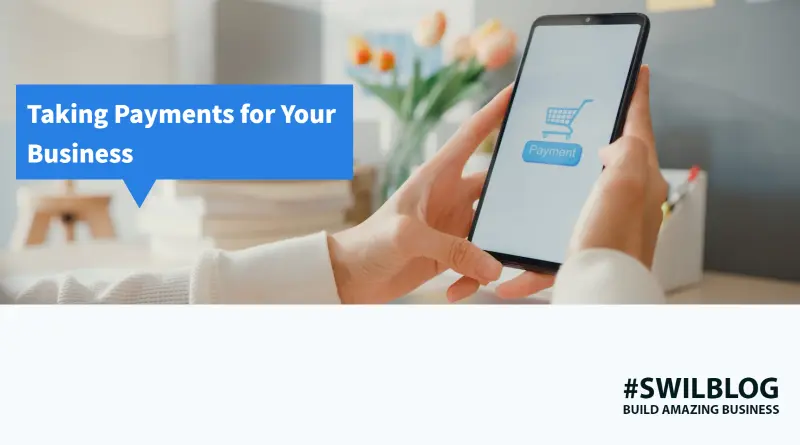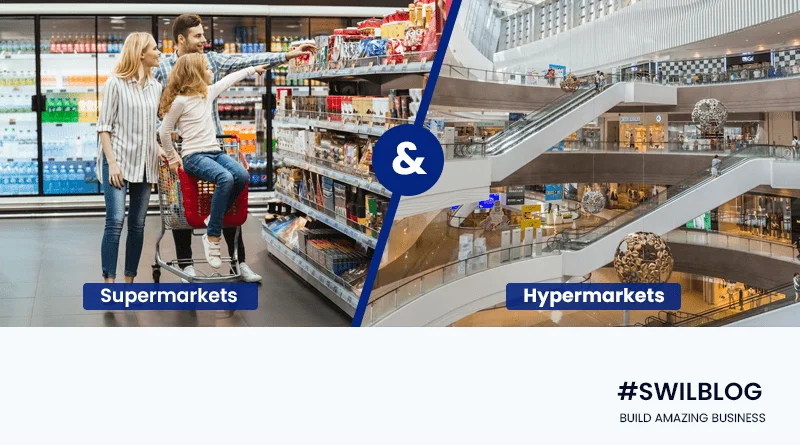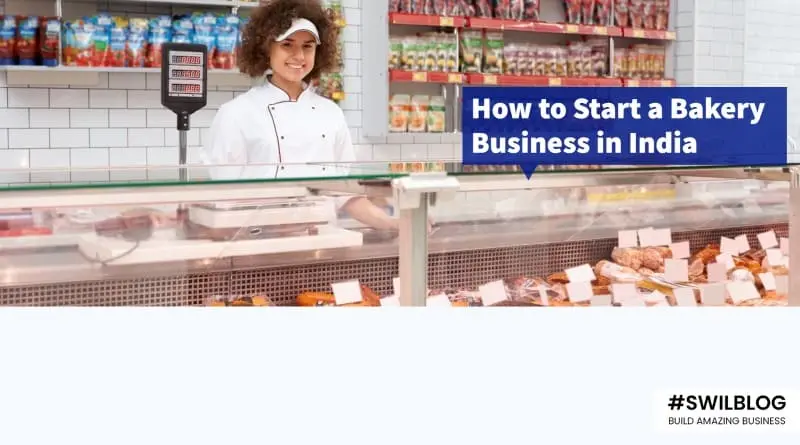An unexpected growth of online shopping has given customers access to more efficient and seamless payment options. This has resulted in the rise of payment environments over time. The development of the e- commerce industry is driven by innovative integration of advanced solutions. It is also driven by adaptive technology and comprehensive customization.
When preparing to open the door to a new business, one of the most vital steps before serving customers is understanding how payments are accepted. This is when choosing the best payment gateway for your platform becomes important to ensure a personalized experience for your customers.
For any retail business, providing a stable, reliable, secure, and smooth online shopping experience is critical to attracting and delighting customers. However, it starts with creating a payment gateway.
What is a payment gateway, and how is it created?
A payment gateway is a technical front- end component of payment processing. It bridges the gap between your company’s financial data and your customer’s financial data during a transaction. To understand this, it helps to know how payment processing works.
Firstly, the customer’s financial institution must approve or reject the purchase. Payment service providers (PSPs) and merchant accounts, secondly, need this data to process transactions and receive payments. Coordinating these moving parts is the payment gateway.
Checklist before you start taking payments for your business
Article Content-
- Setting up a merchant account
- Selecting a Payment Service Provider (PSP)
- Understanding payment gateways
- Login without Registration
- Authentication process
- Integrated payment processor
- SSL certificate
- Security
- Checkout symbol and button
- Return, Refund and Exchange Policies
- Contact Us page
- Confirmation page before checkout
- Mobile phone compatible payment gateways
- Order confirmation email
1. Setting up a merchant account
A merchant account is an exclusive kind of bank account. They allow small businesses to accept payments that are made using credit card, debit card or mobile wallet. They are mandatory for card acceptance. One requires a POS system to apply for a merchant processing account.
2. Selecting a Payment Service Provider (PSP)
A PSP is also known as a Payment Processor. It is a vendor that improves communication between the merchant, the credit card/debit card network, and the cardholder’s respective bank. PSPs often provide unique features pertinent to different industries. These include hotels, retail stores, service providers, and restaurants. Charges for PSPs vary depending on the business size. It is usually higher for bigger businesses and vice versa. They accept payments via different sources such as credit cards, debit cards, wallets, UPI, and net banking. A processing fee may be charged depending on how competitive your industry is.
3. Understanding payment gateways
A payment gateway securely transmits your online payment data to the processor to continue the transaction’s lifecycle. It acts as an authorization for payments that are card-not-present transactions. It is mainly for e- commerce websites. It is considered as an online POS terminal for your business. Not all merchant account providers consist of a payment gateway. Some of them use 3rd party payment gateways. It is advised to select a merchant account and payment gateway from a single provider. The use of a payment gateway can securely process integrated payments. They reduce errors, speedup transaction processing, and ease reconciliation.
4. Login without Registration
People might lose interest if they are forced to register and create an account before placing an order. Ensure to give them multiple options to check out. Ensure they have the choice to login via social media such as Google, Facebook, mobile number or as a Guest.
5. Authentication process
Customers should know that their information is always safe and secure. Be sure to require several verification layers before restoring their login information. If a customer has forgotten his password, you can require them to answer security questions or captcha before sending them a password restoration email.
6. Integrated payment processor
If you have a very small business with limited transactions, it’s advisable to integrate a payment process directly in your website. Sometimes due to some processors, online shoppers get redirected from your website to a site that looks different from your site. This can confuse them, and they can close their webpage and abandon their cart. An integrated payment processor ensures that your customer’s information stays on your own server. Also, they are served a smoother experience. It requires an SSL certificate to provide a secure connection.
7. SSL certificate
An SSL certificate is required on every website to protect your customers personal and payment details. It is a standard security technology that ensures all data passed between a web server and a browser remains private. Without an SSL certificate, hackers can steal your customer’s data.
8. Security
You can relax your users by adding credit card logos and security seals to your website. It reassures your shoppers that your website is a trustworthy and secure place to do business.
9. Checkout symbol and button
Your customers will take purchase actions quickly when they don’t waste time looking for a purchase button. It is recommended putting call- to- action buttons or checkout buttons that are unique and visible easily to the eye. They must be placed at visible locations on your webpage. These include top, bottom and sides of your webpage.
10. Return, Refund and Exchange Policies
A return, refund or exchange policy gives customers assured trust of purchasing online. Online shopping can make some people anxious regarding product size, fit and feel. With such policies, it gives them the security that they can return back the products in case they are unhappy with their purchase. Ensure you are placing this sign at a visible location i.e. under product details, during checkout or placing it at the footer of your webpage.
11. Contact Us page
Users need to contact the company quickly and easily in case of any support needed. You need to provide them a clear path to contact your company for the same. If you don’t do so, they will be hesitant to buy from you again. Ensure you have provided relevant contact details such as telephone number, email id, and address. Make sure you have integrated it with your CRM so that it helps you in the future for your marketing campaigns.
12. Confirmation page before checkout
Before your customers place an order and complete their transaction, ensure that they are taken to a confirmation page. This page should give them a final look of their cart, provide an option to change their payment method, quantity or size of product and indicate when the products will be shipped.
13. Mobile phone compatible payment gateways
Ensure that your payment gateway must be compatible with mobile users as well. Buyers don’t just use laptops or desktops. It must be easy to navigate for mobile users and have additional functions to process IOS and Android payments.
14. Order confirmation email
Once the transaction is completed, every customer must receive an email of confirmation of order. This must contain all order details such as product name and image, size, quantity, payment type, shipping and delivery information. It must also contain a return/refund/exchange policy eligible. It should be printable and easy to save. Additionally, you can also include any exciting offers and discounts currently running in your company to encourage more purchasing.
How does SWIL help you with your customer payments?
SWIL can help you make your payments quick and easy with its integrated POS system. Its robust technology makes your transactions easy. It also provides insights in the form of analytical reports that facilitate your business workflow. SWIL offers a POS system that meets your unique business needs. To learn more on how to get started with SWIL and accept your payments, connect with the SWIL team today!







